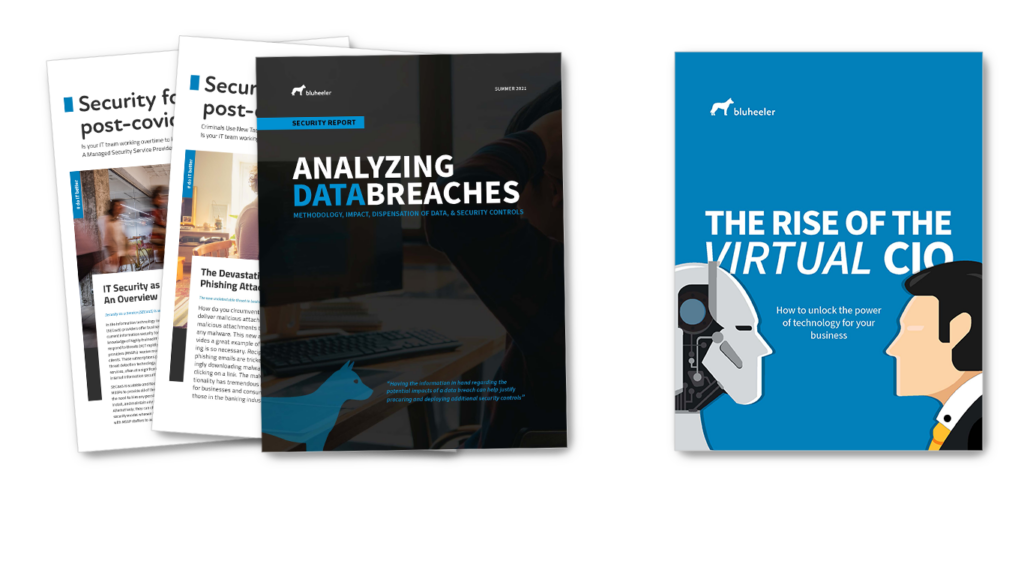Cloud computing isn’t just a solution for large enterprises. By moving computing offsite, the cloud helps small and medium businesses (SMBs) think big while keeping expenses small. The cloud helps SMBs become more mobile, more agile, and more secure while bolstering the potential for growth by allowing more better access to applications, more support options, and scalable subscriptions that ensure solutions are always right-sized for your budget and needs.
Now that you’re considering the move, how should you begin to prepare for the change? Every business is different and faces unique challenges when implementing a major shift in processes and/or applications, but there are a few areas all SMBs should consider when moving to cloud computing. Below are four tips to help prepare your business for the cloud.
Consider your existing business applications.
Take an inventory of your current business applications. Are you using mostly out-of-the-box solutions, or are your applications largely proprietary? Do you have security concerns that are challenging or time-consuming to address? Are any of your applications subject to special compliance requirements that would make them incompatible with cloud computing?
Outdated hardware, for example, can find new life on the cloud either by being upgraded, rehosted, or replaced in the new environment. Conversely, some applications with specific compliance requirements may not be suited to the cloud. Understanding which of your business applications could benefit from moving to the cloud will help you understand which type of cloud solution is best suited to your needs. Eliminate costly or time-consuming surprises by working with an IT specialist to assess the readiness of your applications and predict how they will perform after a cloud migration.
Know the applications you need to grow.
After you’ve considered your existing business applications, take some time to understand what you believe you will need to support your growth. Looking to collaborate more? Need file-sharing platforms or monitoring tools? Chances are good that your goals align with cloud-based solutions that can meet your current and future needs. Taking some time to understand and plan where you’re going will help you select the right cloud computing solutions.
Start small and learn as you go.
One mistake many SMBs make is to try to move all applications, critical records, and data backup processes to the cloud in one fell swoop. Although it may seem like moving all of your business systems and processes at once will make for an easier, faster, and cleaner change, the reality is that most businesses benefit from a gradual approach.
Instead, identify the most critical change and start there. Need a data storage solution to protect your business from being compromised by a lack of backups or security measures? Start there. Have old software that can be updated and optimized when you switch to the cloud? Make that change a priority, too.
There key is to identify the areas of greatest need and then methodically shift your operations to the cloud. Once you’ve moved each process, stop to take stock. What went well? What challenges did you face, and how can you mitigate those issues in the future?
Involve your employees.
Employee buy-in can make or break any major business transition. Resistance to change is common in any workforce. Some of your employees may not understand the need for the shift while others may see the change as nothing more than a hassle that slows down their workday. For members of your staff in the IT space, the change could raise questions about job security or stoke existing insecurities.
Get ahead of these potential issues by engaging employees early and explaining how moving to the cloud will help them do their jobs. If your business model allows for workforce mobility, you might highlight the benefits of better access to applications from home or how new collaborative tools will cut down on paperwork while encouraging teamwork. Brainstorm with your teams to devise a wish-list of new or improved functions. Ensuring your staff is an integral part of the process is a key to successfully moving your company’s computing to the cloud and then taking advantage of all the benefits that the move will bring.






